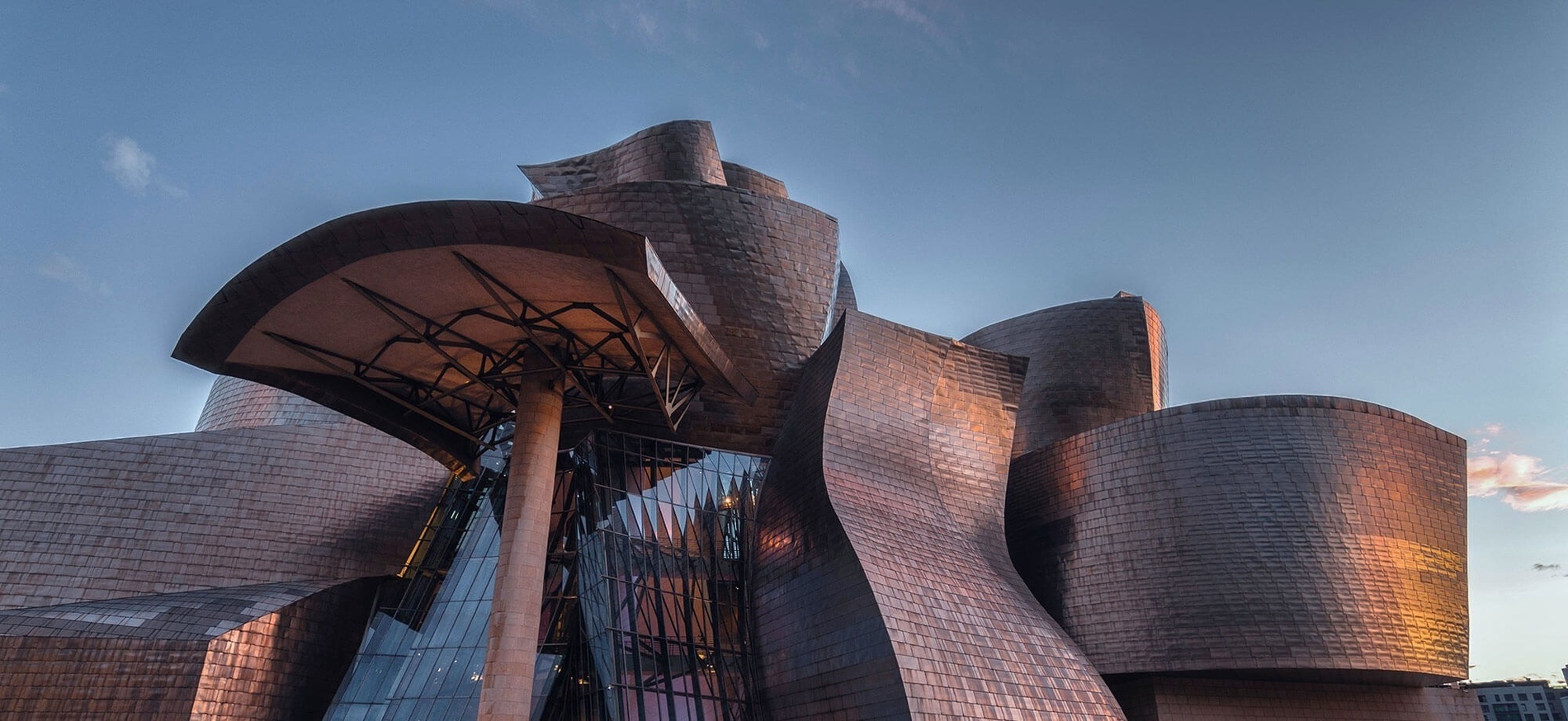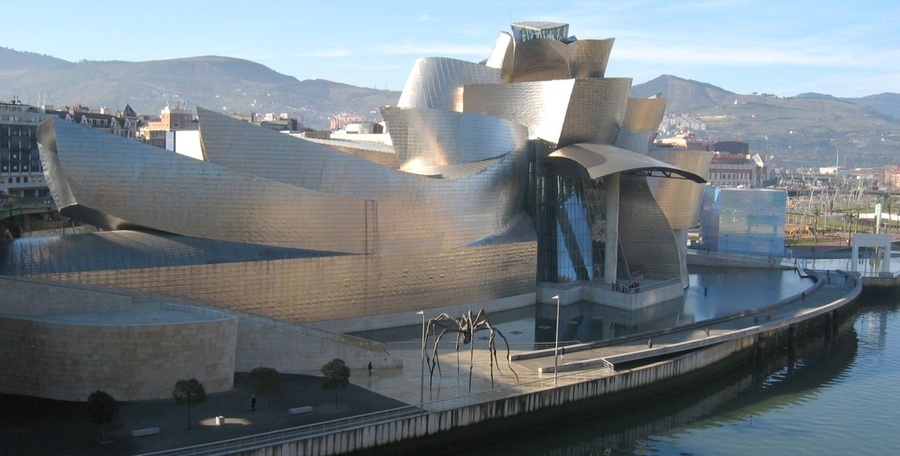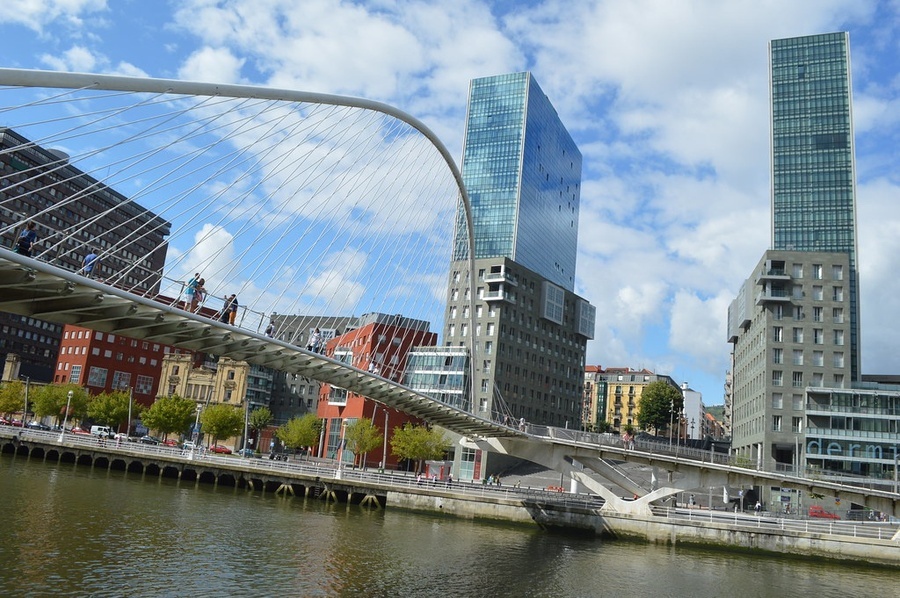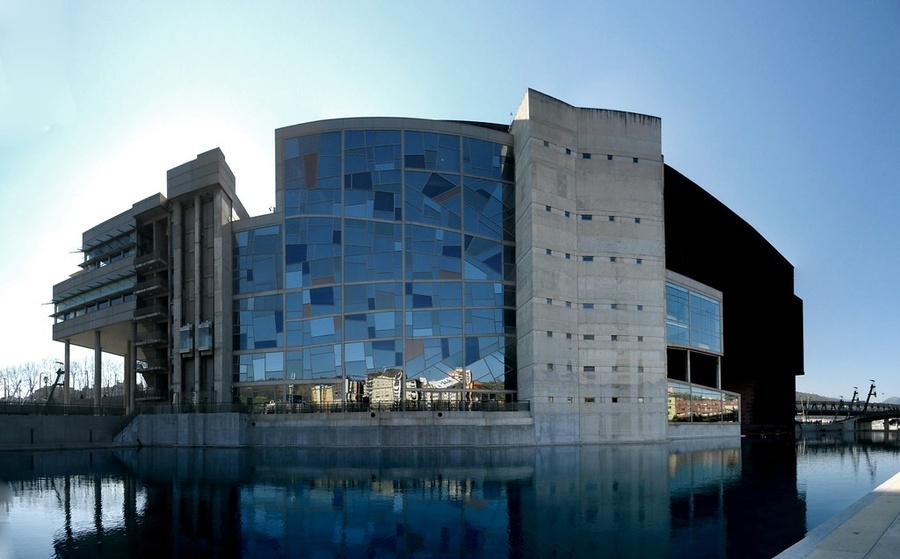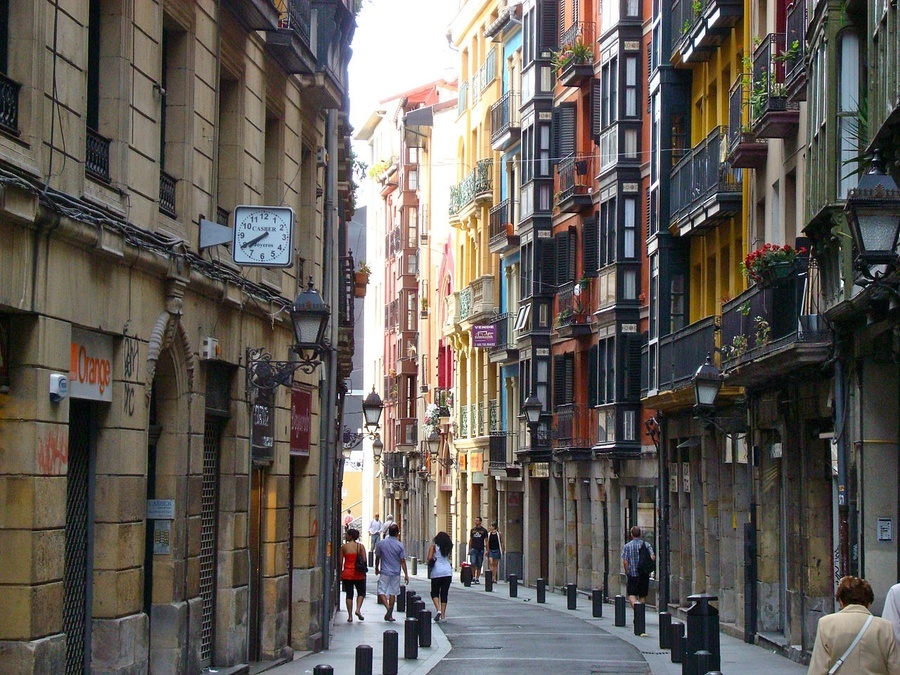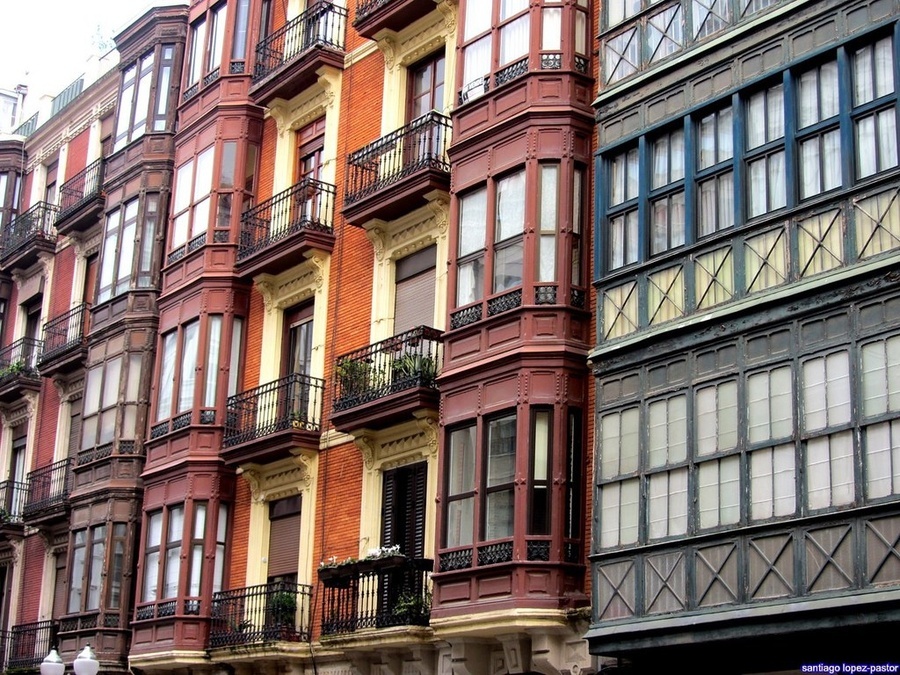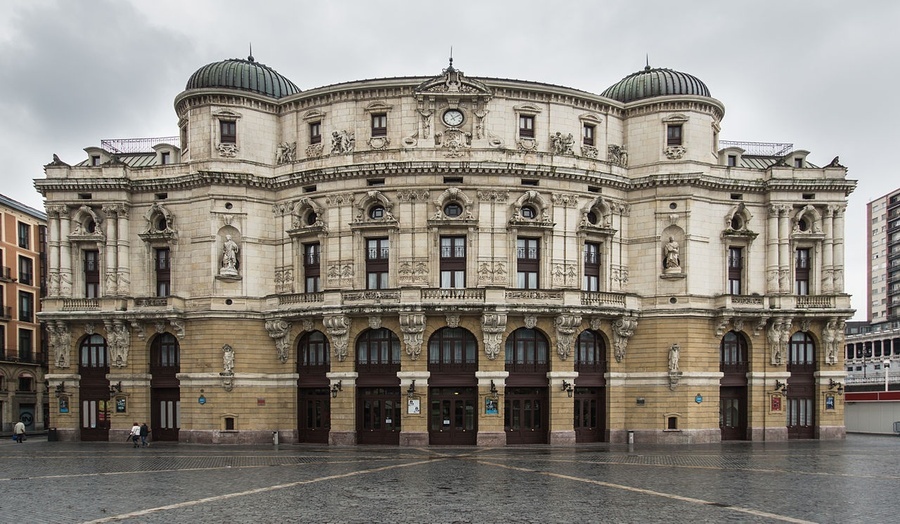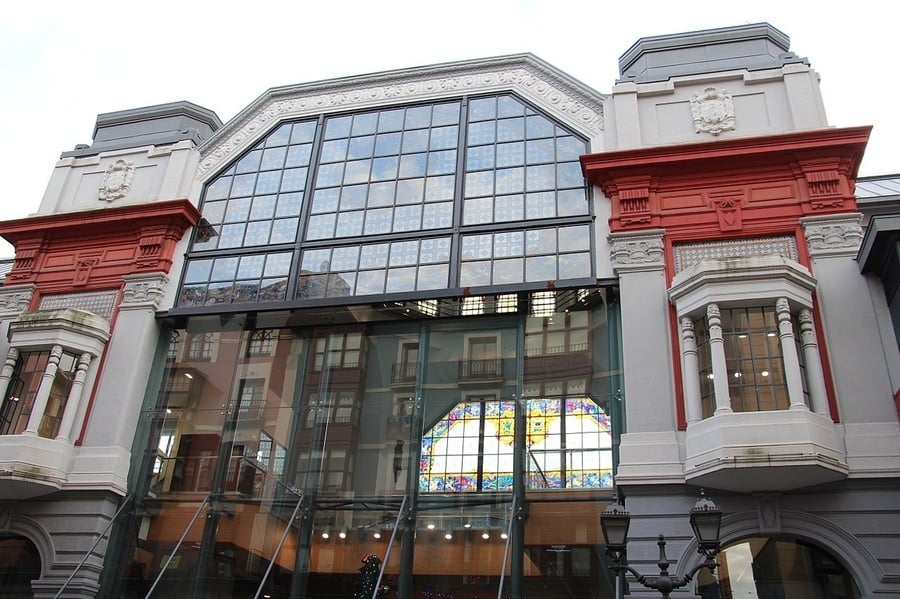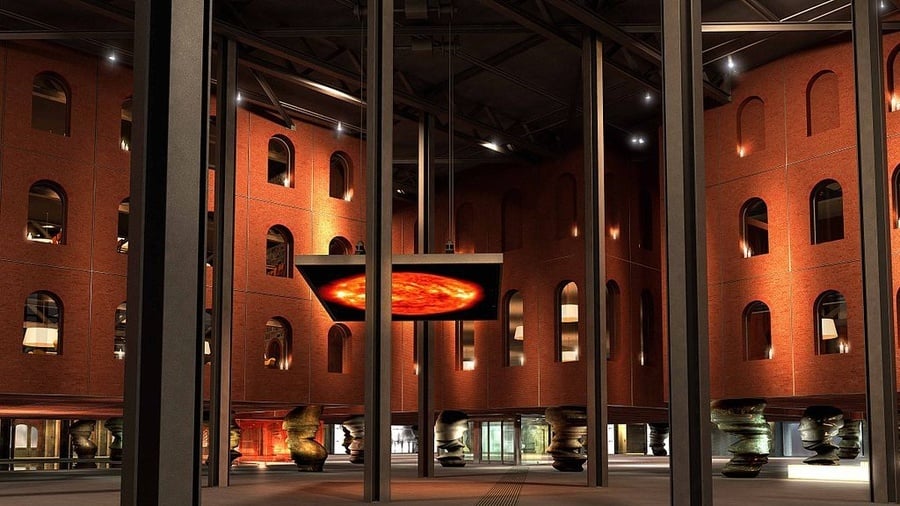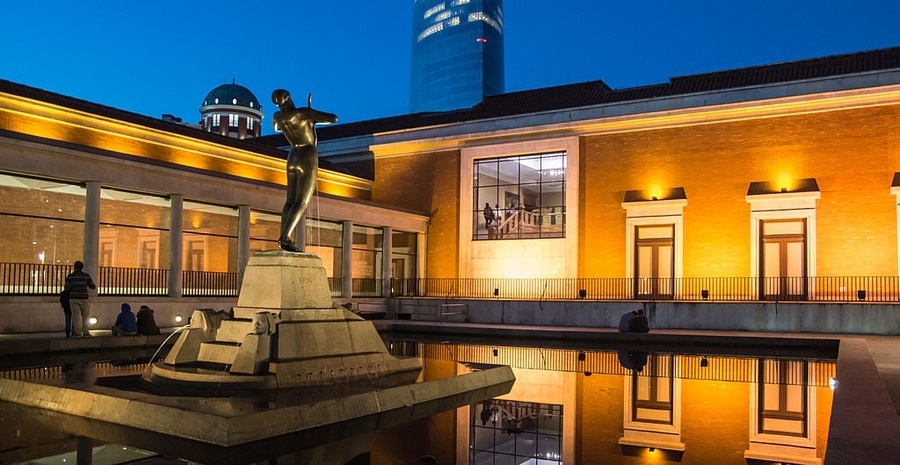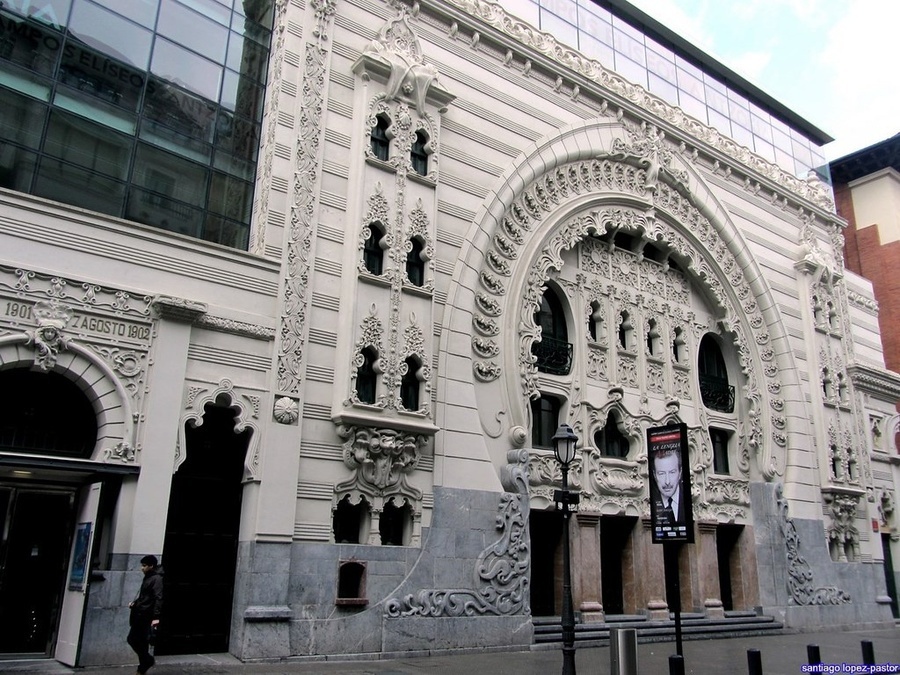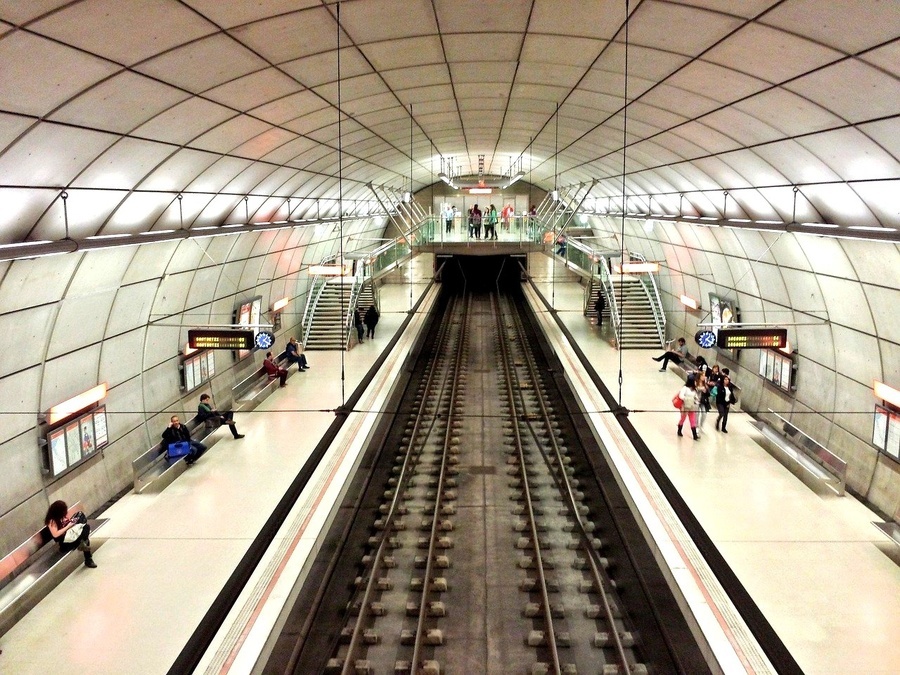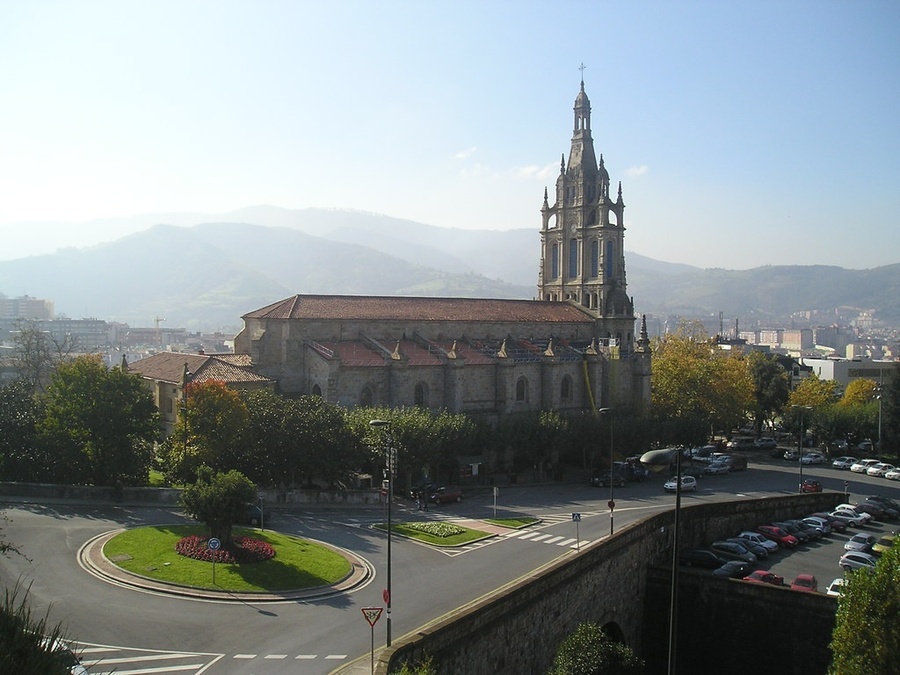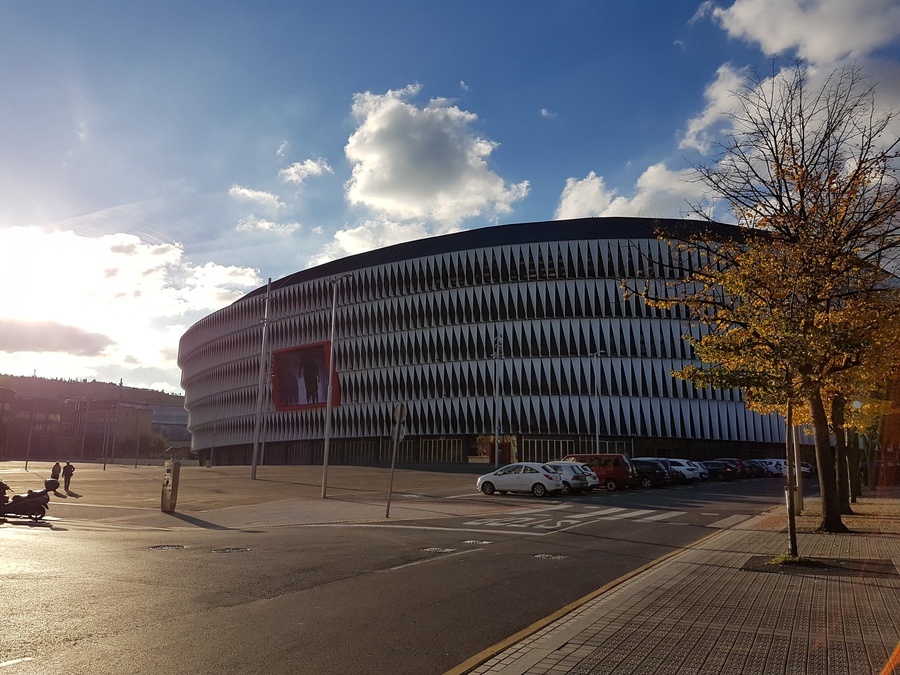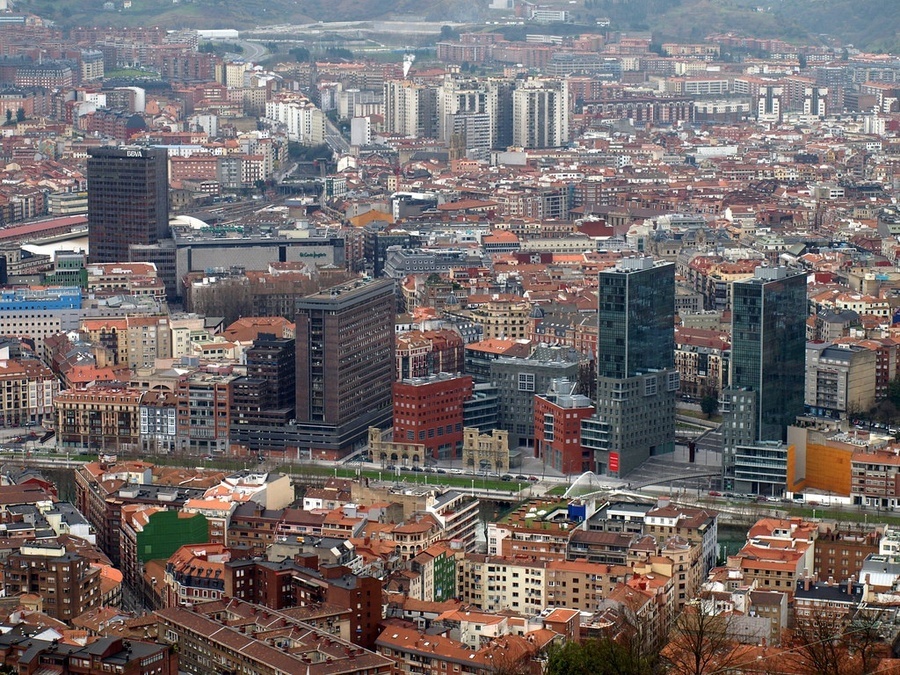Discover
Bilbao
Bilbao is the heart of a metropolis with more than a million inhabitants located in the Biscay Territory.
The city is surrounded by a fertile landscape, with forests, mountains, beaches and steep coasts that make Bilbao a privileged destination for visitors. Modern transport and the road network bring the closest enclaves closer, such as the Basque capitals Vitoria and San Sebastián.
Large architectural and infrastructure projects have served as an engine for the urban and economic regeneration of the city. The Guggenheim Museum Bilbao, the Palacio de Congresos y de la Música Euskalduna, the Norman Foster Metro, the Calatrava Airport, the towers designed by the architects Arata Isozaki and César Pelli ... are examples of the vitality that is breathed in Bilbao.
The city is surrounded by a fertile landscape, with forests, mountains, beaches and steep coasts that make Bilbao a privileged destination for visitors. Modern transport and the road network bring the closest enclaves closer, such as the Basque capitals Vitoria and San Sebastián.
Large architectural and infrastructure projects have served as an engine for the urban and economic regeneration of the city. The Guggenheim Museum Bilbao, the Palacio de Congresos y de la Música Euskalduna, the Norman Foster Metro, the Calatrava Airport, the towers designed by the architects Arata Isozaki and César Pelli ... are examples of the vitality that is breathed in Bilbao.


